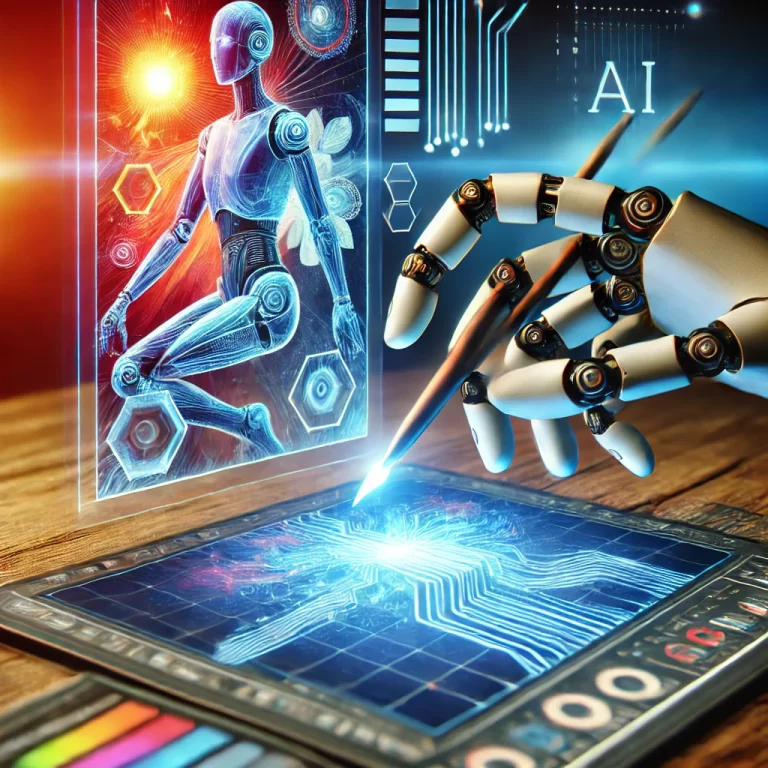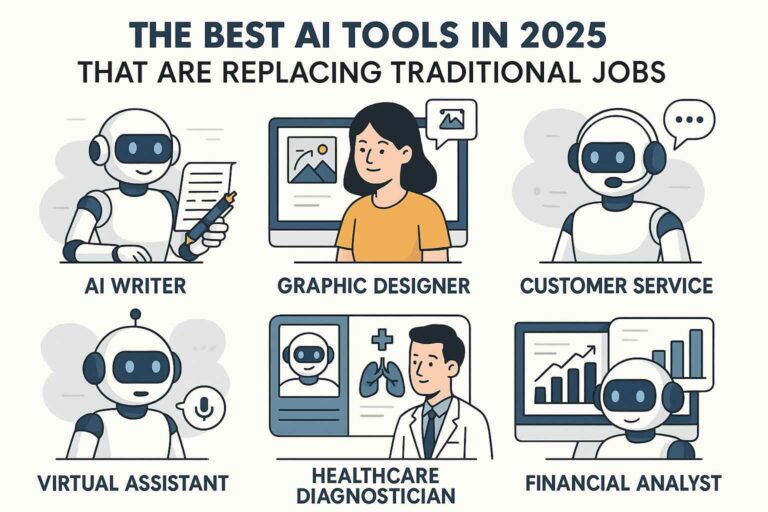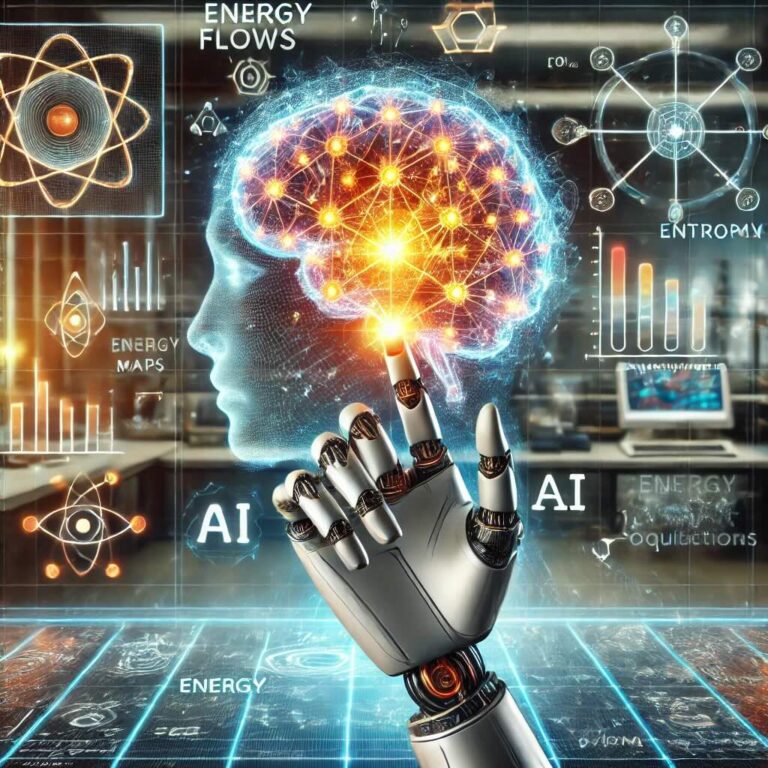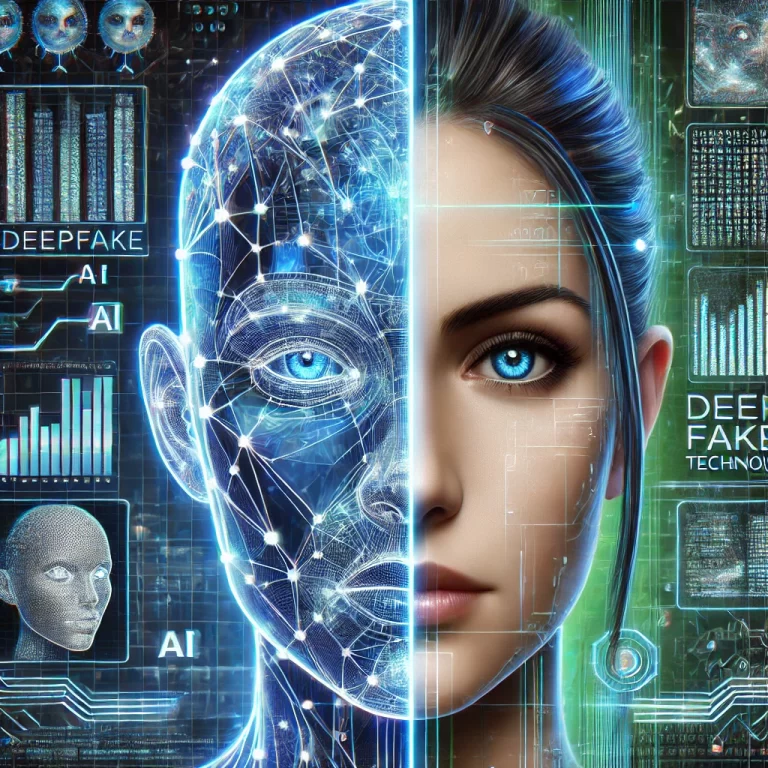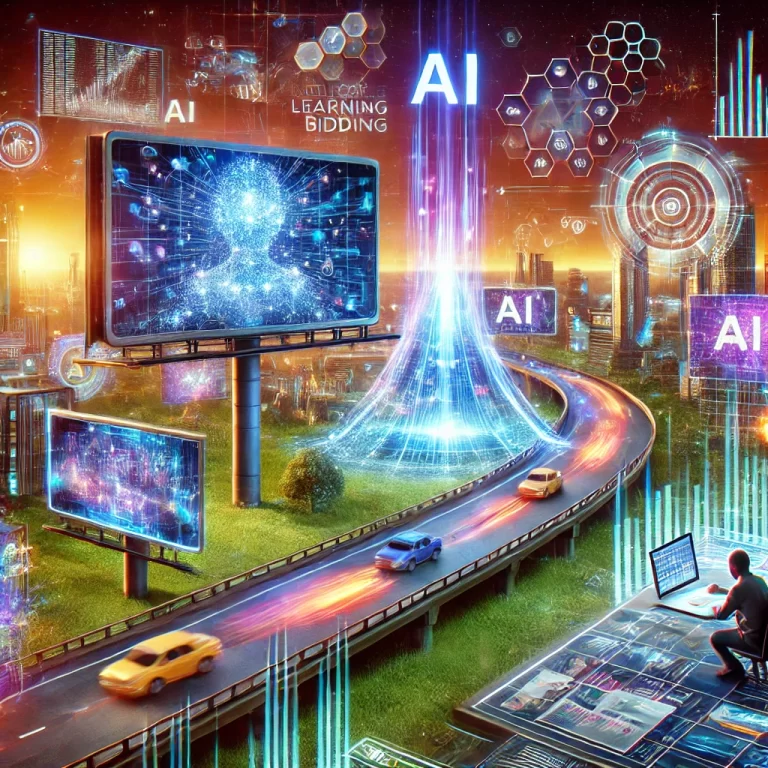Machine learning (ML) is a technology that’s changing the way we live and work. It’s behind many everyday applications, from Netflix recommendations to virtual assistants like Alexa. If you’re new to machine learning, this guide will help you understand its fundamental concepts, types, applications, and future trends. By the end, you’ll have a solid grasp of what machine learning is and why it’s so important.
1. What is Machine Learning?
Machine learning is a branch of artificial intelligence (AI) that allows computers to learn from data and make decisions without being explicitly programmed. It’s like teaching a computer to recognize patterns and make predictions based on those patterns.
2. Historical Background
The concept of machine learning has been around for decades:
- 1950s: Alan Turing introduced the idea that machines could learn and mimic human intelligence.
- 1956: The term “artificial intelligence” was first used at the Dartmouth Conference.
- 1980s: Development of neural networks, which are computer systems inspired by the human brain.
- 2000s: Advances in computing power and the availability of big data accelerated the growth of machine learning.
3. Key Concepts in Machine Learning
a. Algorithms: Algorithms are sets of rules that a computer follows to learn from data. Some common algorithms include:
- Linear Regression: Used to predict a continuous value, like the price of a house.
- Logistic Regression: Used for classification problems, such as determining if an email is spam.
- Decision Trees: A model that makes decisions based on a series of questions.
- Neural Networks: Complex models inspired by the human brain, used for tasks like image recognition.
b. Training and Testing
- Training Set: The data used to teach the model.
- Testing Set: The data used to evaluate the model’s performance.
c. Overfitting and Underfitting
- Overfitting: When a model learns the training data too well, including its noise, leading to poor performance on new data.
- Underfitting: When a model is too simple to capture the underlying patterns in the data.
d. Evaluation Metrics
- Accuracy: The percentage of correct predictions made by the model.
- Precision and Recall: Metrics used to evaluate the performance of classification models.
- F1 Score: A balanced measure that considers both precision and recall.
- ROC-AUC: A metric used to evaluate the performance of binary classification models.
4. Types of Machine Learning
a. Supervised Learning: In supervised learning, the model is trained on labeled data, meaning the data comes with the correct answers. Examples include:
- Regression: Predicting a continuous value, like predicting house prices.
- Classification: Predicting a category, like classifying emails as spam or not spam.
b. Unsupervised Learning: Unsupervised learning involves training on data without labels. The goal is to find hidden patterns. Examples include:
- Clustering: Grouping similar data points, like customer segmentation in marketing.
- Association: Finding relationships between variables, like market basket analysis.
c. Semi-Supervised Learning: This approach uses a mix of labeled and unlabeled data. It’s useful when labeling all data is expensive or time-consuming.
d. Reinforcement Learning: Reinforcement learning involves training an agent to make decisions by rewarding desired behaviors and punishing undesired ones. It’s used in applications like game playing and robotics.
5. Steps in a Machine Learning Project
a. Problem Definition: Understand the problem you’re trying to solve, including the objective and constraints.
b. Data Collection: Gather relevant data from various sources.
c. Data Preprocessing: Clean and transform the data to make it suitable for modeling:
- Handling Missing Values: Filling in or removing missing data.
- Feature Scaling: Normalizing data to ensure all features contribute equally.
- Encoding Categorical Variables: Converting non-numeric data into numbers.
- Feature Engineering: Creating new features to improve model performance.
d. Model Selection: Choose the right model based on the problem type and data characteristics.
e. Training the Model: Train the model on the training data by feeding it data and adjusting parameters to minimize errors.
f. Model Evaluation: Evaluate the model’s performance using the testing data and appropriate metrics.
g. Hyperparameter Tuning: Fine-tune the model’s hyperparameters to improve performance.
h. Deployment: Deploy the trained model so it can make predictions on new data.
i. Monitoring and Maintenance: Continuously monitor the model’s performance and retrain it as needed.
6. Applications of Machine Learning
a. Healthcare
- Disease Diagnosis: Predicting diseases based on patient data.
- Personalized Treatment: Tailoring treatments to individual patients.
- Medical Imaging: Improving accuracy in image-based diagnostics.
b. Finance
- Fraud Detection: Identifying fraudulent transactions.
- Algorithmic Trading: Making trading decisions based on market data.
- Credit Scoring: Assessing creditworthiness.
c. Retail
- Recommendation Systems: Suggesting products to customers.
- Inventory Management: Optimizing stock levels.
- Customer Segmentation: Grouping customers based on behavior.
d. Autonomous Vehicles
- Self-Driving Cars: Navigating and making decisions in real-time.
- Traffic Prediction: Predicting and managing traffic flow.
- Collision Avoidance: Detecting and avoiding obstacles.
e. Natural Language Processing (NLP)
- Sentiment Analysis: Understanding sentiment in text.
- Language Translation: Translating text between languages.
- Chatbots: Providing customer support through automated conversations.
7. Case Studies in Machine Learning
a. AlphaGo by DeepMind: AlphaGo was the first AI to defeat a human professional Go player using reinforcement learning. It trained on millions of games to learn strategies and tactics.
Impact:
- Demonstrated the potential of reinforcement learning.
- Sparked interest in AI research.
b. IBM Watson in Healthcare: IBM Watson assists in medical diagnostics by analyzing vast amounts of medical literature and patient data.
Impact:
- Improved diagnostic accuracy.
- Enhanced personalized treatment plans.
c. Netflix Recommendation System: Netflix uses machine learning to provide personalized content recommendations based on viewing history and preferences.
Impact:
- Increased user engagement and satisfaction.
- Reduced churn rates.
d. Amazon’s Alexa: Amazon’s Alexa uses natural language processing and machine learning to understand and respond to voice commands.
Impact:
- Revolutionized home automation.
- Set a new standard for voice assistants.
8. Challenges and Ethical Considerations
a. Data Privacy: Ensuring that personal data is anonymized and secured is crucial.
b. Bias and Fairness: ML models can inherit biases present in the training data, leading to unfair outcomes.
c. Interpretability: Improving model interpretability is important for trust and informed decision-making.
d. Regulation and Compliance: Adhering to regulations is important to avoid legal issues.
9. The Future of Machine Learning
a. Advances in Algorithms: New algorithms will handle increasingly complex tasks.
b. Quantum Machine Learning: Combining quantum computing with machine learning could solve problems that are currently unsolvable.
c. AI and Human Collaboration: Closer collaboration between AI and humans will augment human capabilities.
d. Edge Computing: Running ML models on edge devices will improve real-time decision-making.
e. Ethical AI: Ensuring that ML is developed and used ethically will be paramount.
Build your first machine learning model with python by yourself.
Conclusion
Machine learning is a powerful tool with the potential to transform various aspects of our lives. By understanding its basics, types, applications, and challenges, you can better appreciate its impact and navigate its future developments. Whether you’re a beginner or an enthusiast, staying informed and engaged with the latest advancements in machine learning will be essential as we move forward into an increasingly AI-driven world.



